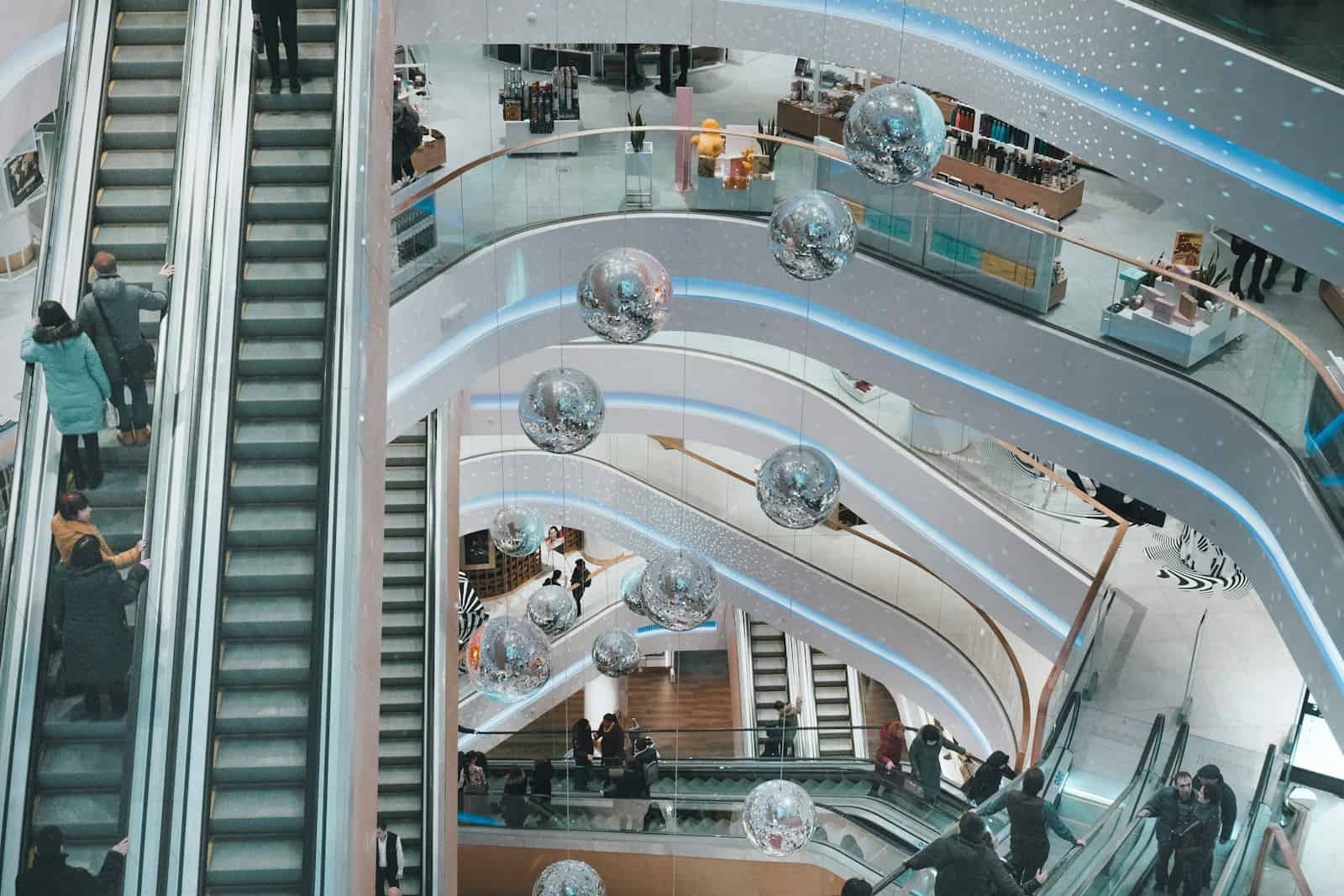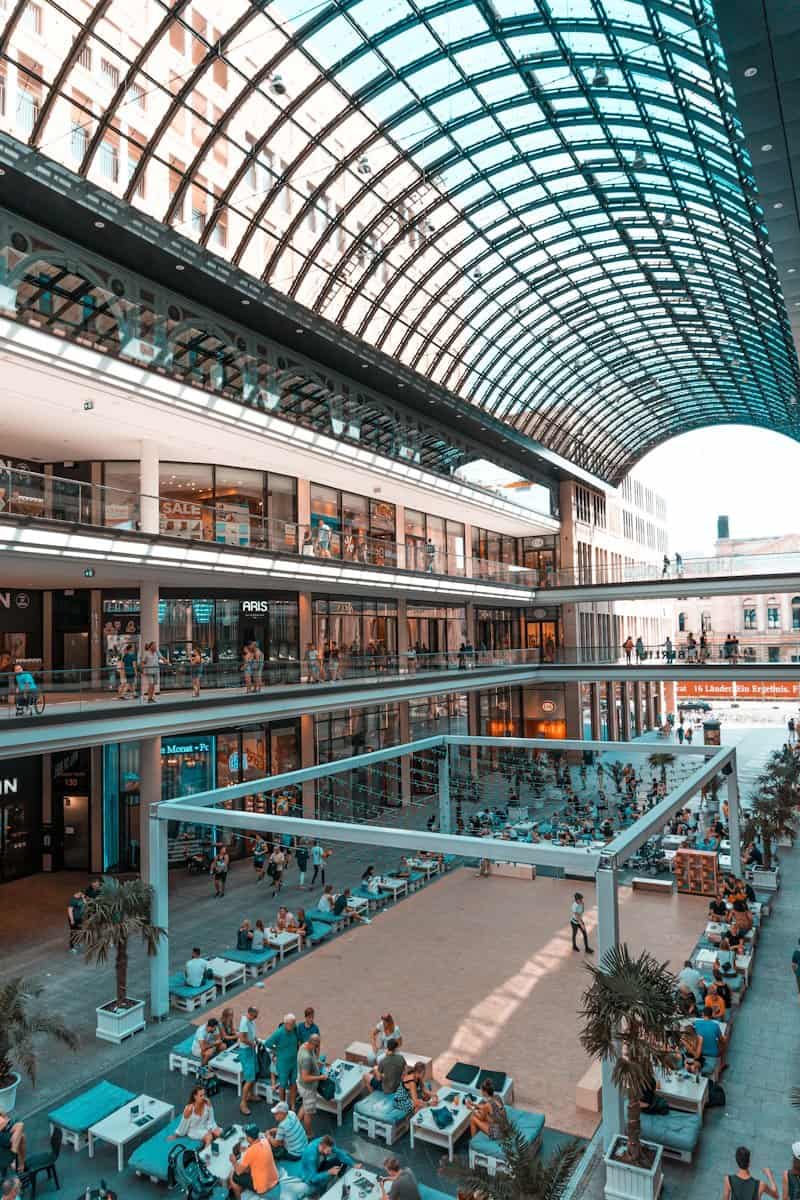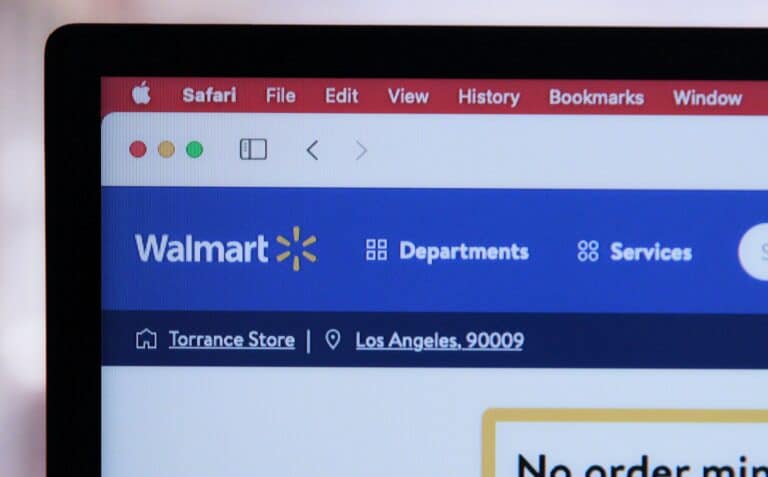
It may sound strange, but it makes sense when you consider it. We have a housing crisis in this country. Affordable housing is hard to find, not being built quickly enough, and we need to increase our supply. At the same time, there is another problem in the USA—vacant large retail spaces, especially malls. Malls have been struggling for decades, and their decline is widespread across the country. Some companies have gotten creative by repurposing these empty malls into housing and entertainment centers, which is such a great idea you wish they would have thought of this years ago.
Across the U.S., shopping malls are being transformed into residential complexes. This trend responds to the decline of traditional retail and the growing need for housing. It offers a way to revitalize struggling malls and create vibrant, mixed-use communities. While there are challenges, converting malls into housing presents a good opportunity to meet changing consumer habits and the needs of our cities. The trend of turning shopping malls into residential spaces is gaining traction as urban planners and local governments address both declining retail spaces and a critical housing shortage.

This approach can help rejuvenate community hubs and tackle pressing housing demands. Despite the complexities in transforming malls into housing, there is great potential for successful projects. Cities are always changing, and the need for housing can create opportunities for creative design and revitalized neighborhoods. As communities adjust to new economic conditions, converting shopping malls into inclusive living spaces may be the next step in American urban development.
From Shopping to Living: The Rise of Mall-to-Residential Conversions
Across the United States, a fascinating trend is reshaping the landscape of retail: shopping malls are transforming into residential complexes. This shift reflects changing consumer habits, the rise of e-commerce, and a growing need for housing solutions.
Why the Change?
Several factors contribute to this trend:
- Decline of Traditional Retail: The rise of online shopping has led to decreased foot traffic in many malls, leaving them with vacant storefronts and struggling businesses.
- Housing Shortage: Many areas face a shortage of affordable housing. Repurposing existing mall structures offers a solution.
- Prime Locations: Malls are often located in desirable areas with good infrastructure and amenities, making them attractive for residential development.
- Mixed-Use Appeal: Transforming malls into mixed-use spaces with residential, retail, and entertainment options creates vibrant communities.
The Transformation Process
Converting a mall into a residential complex involves several steps:
- Rezoning and Permits: Obtaining necessary approvals for land-use changes.
- Demolition and Construction: Adapting existing structures or building new residential units within the mall space.
- Infrastructure Upgrades: Updating plumbing, electrical systems, and other utilities to meet residential needs.
- Community Integration: Creating spaces that foster a sense of community and connect with the surrounding neighborhood.
Examples of Mall-to-Residential Conversions
- The Arcade Providence (Rhode Island): This historic mall was converted into micro-lofts, attracting young professionals and artists.
- Flatiron Crossing Mall (Colorado): A portion of this mall was redeveloped into luxury apartments, offering residents convenient access to shopping and dining.
- Westfield Montgomery Mall (Maryland): Plans are underway to transform part of this mall into a mixed-use development with housing, retail, and green spaces.
Benefits of Mall-to-Residential Conversions
- Revitalization: Breathing new life into struggling malls and surrounding areas.
- Housing Solutions: Providing diverse housing options in convenient locations.
- Sustainable Development: Repurposing existing structures reduces environmental impact compared to new construction.
- Community Building: Creating vibrant, mixed-use spaces that foster social interaction.
Challenges of Mall-to-Residential Conversions
- Cost: Renovating existing structures can be expensive and complex.
- Zoning and Regulations: Navigating land-use regulations and obtaining permits can be challenging.
- Retail Integration: Balancing residential needs with remaining retail spaces requires careful planning.
- Community Concerns: Addressing concerns from existing residents about increased traffic or changes to the neighborhood’s character.
The Future of Retail Spaces
As consumer behavior continues to evolve, the retail landscape will likely undergo further transformations. Adaptive reuse of mall spaces for residential and mixed-use purposes is one solution to revitalize struggling properties and meet the changing needs of communities.
Short Summary:
- Shopping malls are being repurposed into residential complexes in response to a housing shortage in the U.S.
- Key projects are underway in various states, including significant developments in Cutler Bay and South Miami.
- This trend reflects a growing shift towards mixed-use developments to create vibrant community spaces.
The American retail landscape has undergone a profound transformation in recent years, with shopping malls—once thriving epicenters of consumerism—facing an existential crisis. As e-commerce continues to reshape shopping habits, physical retail spaces struggle with diminishing foot traffic and rising vacancy rates. In fact, the current pandemic has only accelerated this trend, prompting a reevaluation of how these vast spaces can be utilized. In response, many municipalities are now exploring innovative solutions to repurpose these malls into residential complexes, thereby tackling the persistent housing crisis the nation is experiencing.
Data from Norada Real Estate Investments reveals that Miami’s housing inventory is currently 37% below historic averages. To meet burgeoning demand, local governments are venturing into the uncharted waters of repurposing shopping centers for residential use. As Bryan Gorrita, a local realtor with keen insight into the evolving Miami real estate market, affirmed:
“From my understanding, they are still working out and fine-tuning what the overall plan will look like. The local government has made it clear they want to redevelop this. It’s currently an eyesore and there’s so much potential.”
Across Miami-Dade County, projects like Sunset Place, once a vibrant mall known for its assortment of shops and restaurants, now embody the shift towards a mixed-use environment. The City of South Miami anticipates that the redevelopment plan will include residential units alongside dining and retail options, thereby transforming the shopping experience into a community-centric initiative.
Going further south in Cutler Bay, the Southland Mall is undergoing a metamorphosis to become Southplace City Center, a sprawling mixed-use development. Plans for the site include 5,000 residential units, half a million square feet of retail space, a 150-key hotel, and an amphitheater, with an aim for completion by 2029. Gorrita pointed out:
“If you are a resident living down south, why do you have to drive hours to Brickell or Wynwood when you could have those same high-quality amenities and attractions right in your own location?”
This trend is not isolated to Florida. Nationwide, at least 192 malls are reported to be adding housing to their footprints, leading the way for a potential revitalization of many struggling retail areas, as noted in a study by the Urban Land Institute. The report cites that over 50% of mall redevelopment projects are earmarked for housing, emphasizing the urgency of developing residential accommodations.
Dr. Eli Beracha, Director of Hollo’s School of Real Estate at Florida International University, highlighted an essential aspect of these conversions:
“A lot of those shopping malls are in high-traffic areas and they are in demand. So they are well located. However, converting them into residential space is extremely difficult. In many cases, you need a complete rebuild, it’s not an alteration.”
What makes this shift advantageous is the intrinsic value of many mall locations. Often situated in prime real estate, these properties have access to essential amenities, making them appealing for residential development. The significant demand for housing coupled with limited land availability has directed attention toward repurposing defunct malls—a potential win-win solution.
But the challenge remains: how to convert these retail spaces into viable living environments. As Gorrita succinctly puts it:
“Unfortunately, Miami has an issue when it comes to the availability of land… this is the new iteration that Miami is destined to become and we have to be prepared for it.”
The concept of creating a ‘mini city’ or ‘destination’ is a recurring theme in these redevelopment plans. By combining residential units with retail and food offerings, planners aim to forge a sense of community that resonates with modern living preferences. The Palms at Town and Country, for instance, is already making strides to increase density with the addition of high-rise apartments, recognizing both the need for housing and the emerging preferences of residents who desire a neighborhood that encompasses work and play within walking distance.
The Urban Context: A Broader Perspective
The U.S. is witnessing a nationwide phenomenon where former malls and shopping centers are pivoting towards mixed-use developments. This approach has gained momentum over the last decade, particularly in areas plagued by vacant retail spaces. In states like California, Colorado, and Texas, developers are harnessing the potential of these obsolete retail properties and breathing new life into them through residential expansions.
In Arlington, Virginia, Pentagon Centre illustrates the success of this trend. The Witmer, a luxury apartment complex boasting 440 units, sits adjacent to various retail establishments, providing residents with unparalleled accessibility. Geoff Glazer of Kimco Realty remarked:
“We leased up in, like, six to eight months. It was crazy to watch that happen.”
This transformational revival not only stimulates real estate investment but also enhances the surrounding business ecosystem by infusing new residents who drive consumer spending.
Designing for Future Generations
The next phase necessitates innovative design solutions that integrate living environments with public spaces. As communities increasingly gravitate towards walkable environments, urban planners and architects are tasked with envisioning residential spaces that align with contemporary lifestyles. Cities like Lynnwood, Washington, exemplify this by promoting community-centric designs that interweave residential units with commercial spaces, creating vibrant neighborhoods that cater to diverse populations.
Architecture firms like GGLO are working in tandem with local governments, focusing on biophilic designs to harmonize residential activity with the natural surroundings. The transformative project at Alderwood Mall is a testament to this vision, blending seamless community experiences with functional living spaces.
Turning Challenges into Opportunities
The biggest barriers to converting these existing structures into homes are often logistical and regulatory. Complications arise from ownership issues and the intricate contractual obligations that anchor tenants may possess. For instance, at Collin Creek Mall in Plano, Texas, developer Centurion American faced numerous challenges to gain control of the site before initiating a $1.5 billion redevelopment project encompassing 2,300 apartments and additional mixed-use components.
“It doesn’t matter if you have two or three, or all of them except for one—that last party effectively has equal control over the site,” notes Rob Romo from Centurion American, underscoring the complexities involved in these conversions.
Nevertheless, the push towards mixed-use developments is a growing trend fueled by many municipalities aiming to revitalize their downtowns while addressing housing shortages. As city leaders struggle with the dual challenge of failing malls and housing scarcity, encouraging residential developments in these spaces represents a pragmatic approach to urban renewal. Many cities are updating regulations to facilitate these transitions, which will ultimately benefit local economies and communities.






